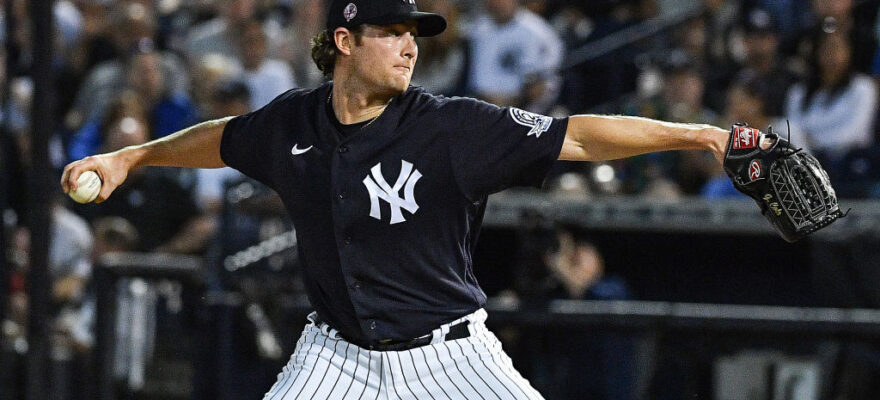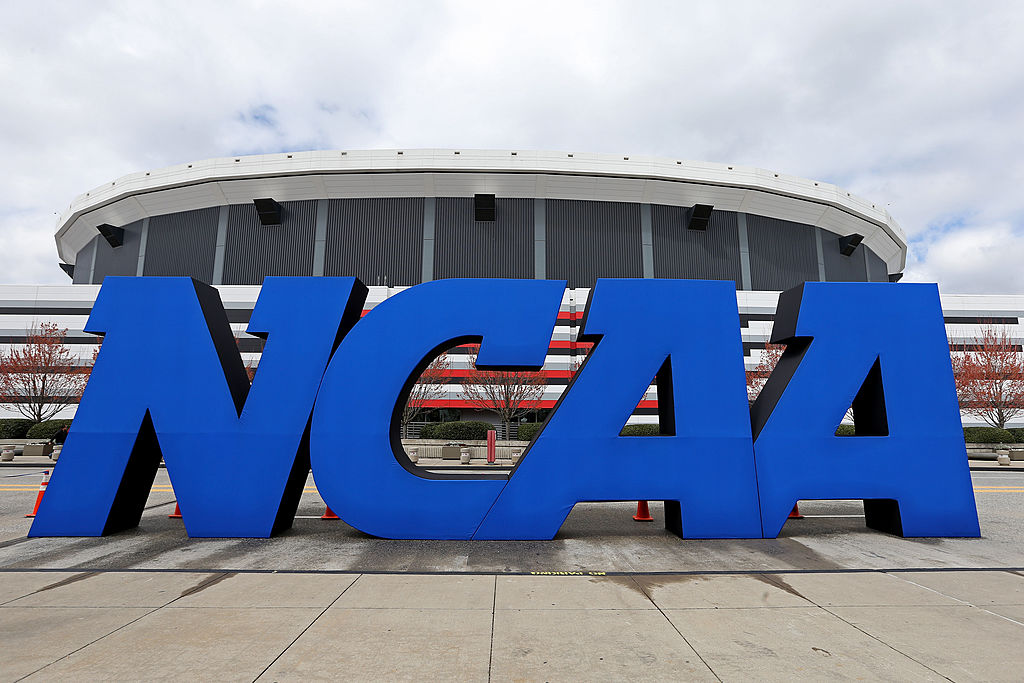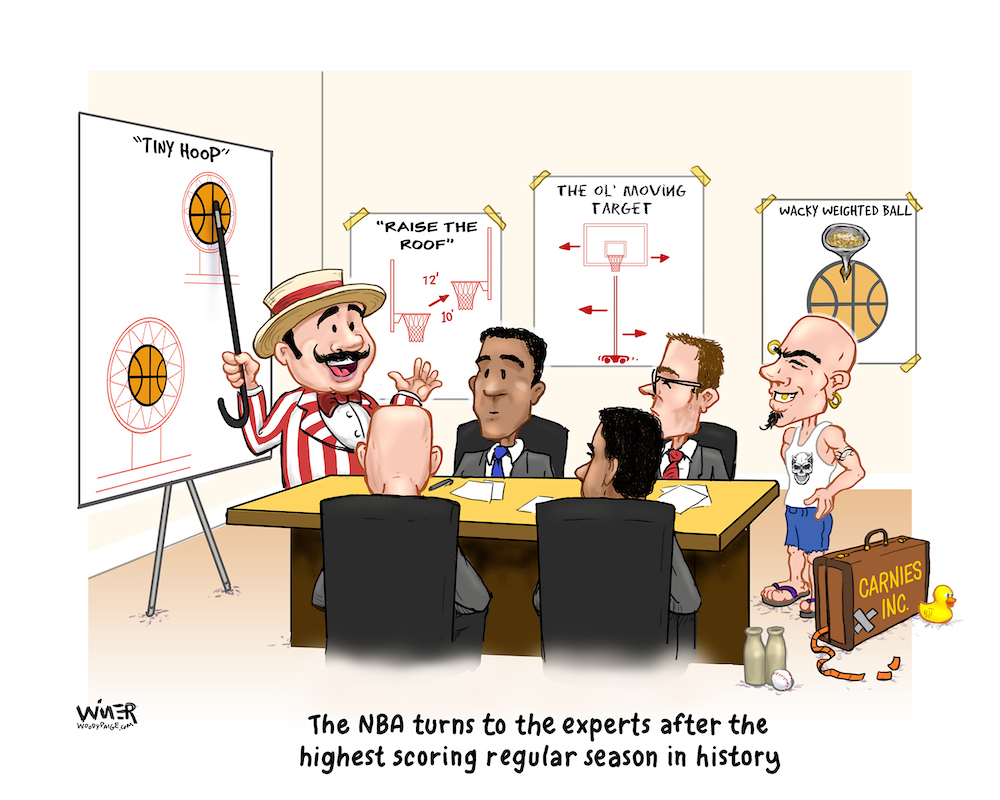This Major League Baseball season was always going to be about the big market/wealthy teams.
The pandemic made it that way.
During the truncated 2020 season, each of the 30 MLB franchises lost a reported $100 million. That’s a lot of cheddar period, no matter if you’re the Arizona Diamondbacks or the New York Yankees. A loss like that cuts deep.
Deeper for some than for others.
Of course, there are organizations and markets that can absorb a historically bad year better than others. Still, in some ways, all 30 teams did what they had to do to survive, just in different ways. “Small market” teams (and those in mid-level markets too) closed ranks, made internal cutbacks and reigned in spending. D-Backs operating owner Ken Kendrick went on record last winter saying they weren’t going to be able to add to their payroll for the 2021 season. They didn’t (and it’s showing.) Same can be said of the Colorado Rockies, who were forced to trade their best player, Nolan Arenado, because his $30 million per year contract was more than they could handle moving forward. Most teams not located in big markets with big revenue rivers decided to hunker down and try to get through 2021 as best they could.
But those big market teams – the ones with the huge media rights deals in those mega markets like Los Angeles and New York – weren’t forced to skip any beats. Sure, losing money for one year sucked, but their income levels would remain so high that they could weather the COVID storm and come back strong the following season.
The Yankees – from the biggest media market in America – are surging toward the postseason. The Dodgers – from the second largest market in the country – are doing the same. San Francisco (6th) is having an unexpectedly big season. So are the White Sox from Chicago (3rd) and Houston (8th.) Atlanta (7th) and Philly (4th) are battling for a division title.
It’s clearly the Year of the Big Market teams in MLB…as predicted. Yet there are many who are voicing loud concerns about the discrepancies in payrolls this season — as if that just suddenly became a thing.
Which makes it a good time to look at a couple of notable exceptions. And it’s these exceptions that prove the rule that it does NOT have to be about how much you spend, but it’s how you spend it.
Remember the defending American League champion Tampa Bay Rays? The team located in perhaps the smallest baseball market (their attendance is awful) in MLB, and a team with the 26th highest payroll in the game in 2021? Ya. That bunch still has a lead in the AL East over the big spending and red hot Yankees. The Rays are one of the exceptions that prove a couple of different rules. So are the Oakland A’s, hot in pursuit of the American League west division lead.
It isn’t all about how much you spend on salaries. The Rays front office continues to do a masterful job of talent evaluation and roster configuration. Most fans couldn’t name two of their starting nine, yet they continue to defy all the odds and win big. Tampa has created a blueprint for the other smaller market clubs to follow…but only a few – like the A’s – are doing similar stuff.
Mostly, we just continue to hear about how the smaller markets can’t compete with the big spenders.
Payroll discrepancy is an issue that will be discussed at length in the upcoming collective bargaining negotiations between the owners and the players. The owners have already come out in favor of a salary “floor,” meaning they would put in a minimum amount that teams had to spend on player salaries. Sounds good in theory, but you know that if the players decide that’s a good idea (and standing alone it would be) that the owners will then come back and want to add a salary cap as well.
The Major League Baseball Players Union remains the most powerful union in all of sports – if not the country – and there’s no way in Phoenix in July that they’ll ever agree to a salary cap in MLB. No chance.
If competitive balance is your concern, take a look: MLB has had 15 different World Series champs (that’s half the teams in baseball) since the last work stoppage in 1994. Only five teams have multiple titles and only one – the Yankees back in 1998-99-2000 – repeated as champs.
Meanwhile, the NBA with its salary cap has had 12 different champions in that same time period – with the Lakers winning six titles, San Antonio winning five, and Miami and Golden State winning three each. And the NFL has had 14 different Super Bowl winners – but New England has won it six times, Denver three times, and five other teams have won it twice.
Sports with salary caps aren’t sports with more level playing fields and better competitive balance. They’re just sports with more wealthy owners.
A salary cap is not the answer for MLB. Never has been, never will be. Tampa is proving that once again. The answer is for all organizations to simply be better at things like talent evaluation and player development. The Dodgers are great at both those things, but so are the Rays. That’s why they both made the World Series last year…and while the Dodgers prevailed, LA certainly didn’t run roughshod over their small market opponents.
The small market teams will bounce back and many more will become competitive again as they recover from the losses caused by COVID. One year – the Year of the Big Markets – isn’t going to change the game for the long haul.
More from The Woody Paige Sports Network:
- Woody Paige: That time I played blackjack with Michael Jordan in Monte Carlo
- Atlanta Falcons lose by accidentally scoring a touchdown
- John Elway’s 7 best moments as General Manager of the Denver Broncos
- Super Bowl odds 2022: Tom Brady and Buccaneers among Super Bowl 56 favorites
- Woody Paige: Aaron Rodgers will ultimately end up with Denver Broncos
- OU and Texas to the SEC: Another step toward the professionalization of “college” football?
- Three potential landing spots for former NFL MVP Cam Newton


















